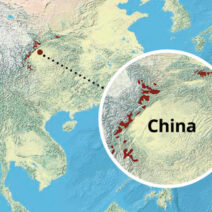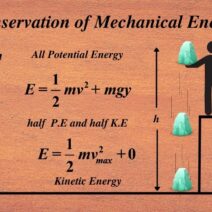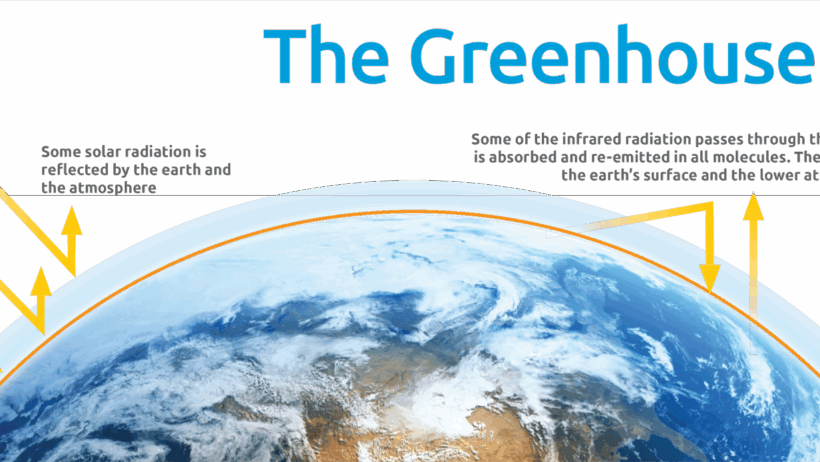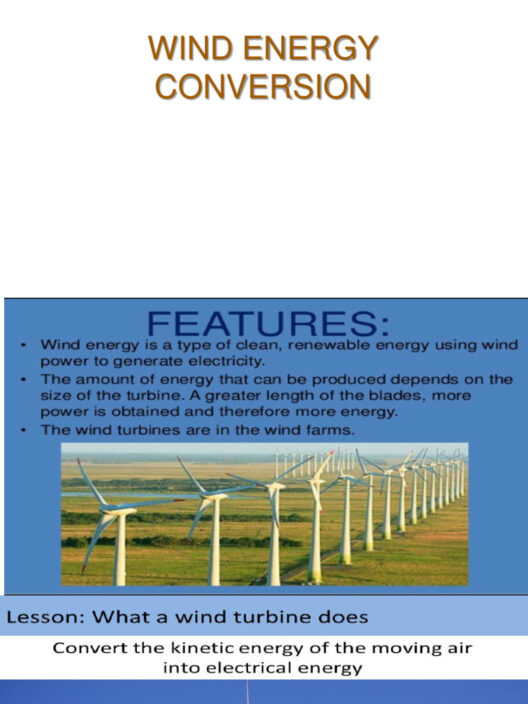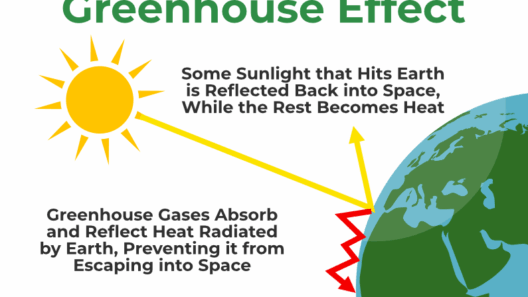The greenhouse effect is a fundamental biological and environmental process that plays a pivotal role in maintaining the delicate balance of life on Earth. This phenomenon, though often discussed in the context of climate change, is intricately linked to the very essence of our planet’s biosphere. To cavort with complexities, one must first comprehend how the greenhouse effect operates and the profound implications it holds for all living organisms.
At its core, the greenhouse effect is a natural mechanism where certain gases in the Earth’s atmosphere trap heat. These gases—known as greenhouse gases (GHGs)—include carbon dioxide (CO2), methane (CH4), nitrous oxide (N2O), and fluorinated gases. They allow sunlight to penetrate the atmosphere and warm the planet, but they also prevent some of that heat from escaping back into space. Without this insulation, Earth would be inhospitably cold, incapable of supporting diverse life forms. The aesthetic appeal of Earth’s ecosystems, from lush rainforests to arid deserts, is significantly bolstered by the warmth retained through this essential effect. However, the equilibrium can be disrupted, leading not only to climate anomalies but also to profound biological consequences.
Fundamentally, the dynamics of the greenhouse effect hinge on energy input, absorption, and redistribution throughout various layers of the atmosphere. Solar radiation penetrates the atmosphere, with a portion being absorbed by the Earth’s surface. This absorbed energy is then re-radiated as infrared radiation, which is captured by greenhouse gases, perpetuating a cycle of warmth that sustains life. This process not only facilitates biological functions but also contributes to the metabolic pathways that sustain organisms through energy transformations.
The intricate interplay between greenhouse gases and biology reveals a dual narrative, highlighting both dependency and vulnerability. Increasing concentrations of GHGs, primarily due to anthropogenic activities such as fossil fuel combustion, deforestation, and industrial processes, lead to accelerated warming. This warming has cascading effects on that balance, creating an urgent conversation around environmental stewardship.
Understanding the impact of greenhouse gases on life is critical. Plants, for instance, are intrinsically tied to CO2 levels. Photosynthesis, the process by which plants convert carbon dioxide and sunlight into oxygen and glucose, is the foundation of food chains. As CO2 levels rise, plants may initially thrive, potentially boosting their growth rates. However, this initial boon does not occur in isolation. The changing climate also triggers shifts in precipitation patterns, exacerbates droughts, and brings about extreme weather events. The ensuing effects on agriculture severely threaten food security, ultimately influencing the entire web of life.
Climate change spurred by greenhouse gas emissions induces adverse consequences for ecosystems as well. Coral reefs, often referred to as the “rainforests of the sea,” are particularly susceptible. Oceanic temperatures surging due to atmospheric changes cause coral bleaching, where stressed corals expel the symbiotic algae that nourish them, resulting in ecosystem collapse. As these biodiverse underwater structures falter, countless marine species lose their habitats, highlighting the intricate interdependence within ecosystems. The aesthetic wonder of vibrant coral gardens faces a grim prognosis, nudging urgent calls for conservation and marine protection.
Moreover, the greenhouse effect intertwines with the atmospheric concept of feedback loops, such as the ice-albedo effect. Melting polar ice caps expose dark ocean waters, which absorb more sunlight than reflective ice. This process amplifies warming, leading to further ice melt. Such phenomena wreak havoc on polar and temperate ecosystems, challenging species adaptations and altering migration patterns of animals, which are fundamentally linked to their survival. The aesthetic beauty of pristine, icy landscapes is rapidly evolving, prompting artistic expressions depicting their transience and fragility.
Nevertheless, the implications of greenhouse gases extend beyond just ecosystems and climate; they pose direct threats to human health. Poor air quality, a direct consequence of increased pollutants, exacerbates respiratory diseases and afflicts vulnerable populations. Allergens flourish in warmer temperatures, inciting a rise in pollen and leading to heightened incidences of allergic conditions such as asthma. There’s a poignant irony in the notion that the very processes that sustain life can also imperil it through their alterations.
As awareness burgeons around the implications of the greenhouse effect, global dialogue around climate action and sustainability heightens. Mitigating climate change requires a multifaceted approach, from transitioning to renewable energy sources to advocating for reforestation. Dyed-in-the-wool environmental activism encourages resilience not only in human communities but importantly, within ecosystems that depend on a stable climate.
The nuanced realities of the greenhouse effect reveal an intricate tapestry where biology and environmental science intersect in dramatic fashion. The delicate balance between greenhouse gases and life on Earth underscores the urgent necessity for cohesive action against climate change. As we face the imminent challenges posed by escalating GHGs, the aesthetic allure of nature serves as a reminder of what stands to be lost—a call to action for all stewards of the planet.
In deciphering the nuances of the greenhouse effect, we are collectively impelled to reevaluate our relationship with nature. Each decision we make reverberates through complex systems, affecting the cherished life forms that inhabit the Earth. Our future hinges on understanding that the planet’s wellbeing is intricately tied to our own, urging a profound respect for its fragile beauty and an unwavering commitment to its preservation.
